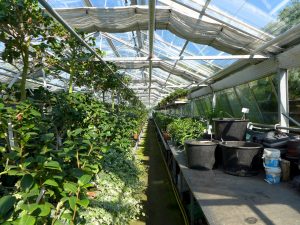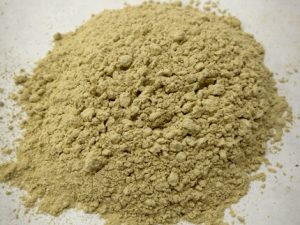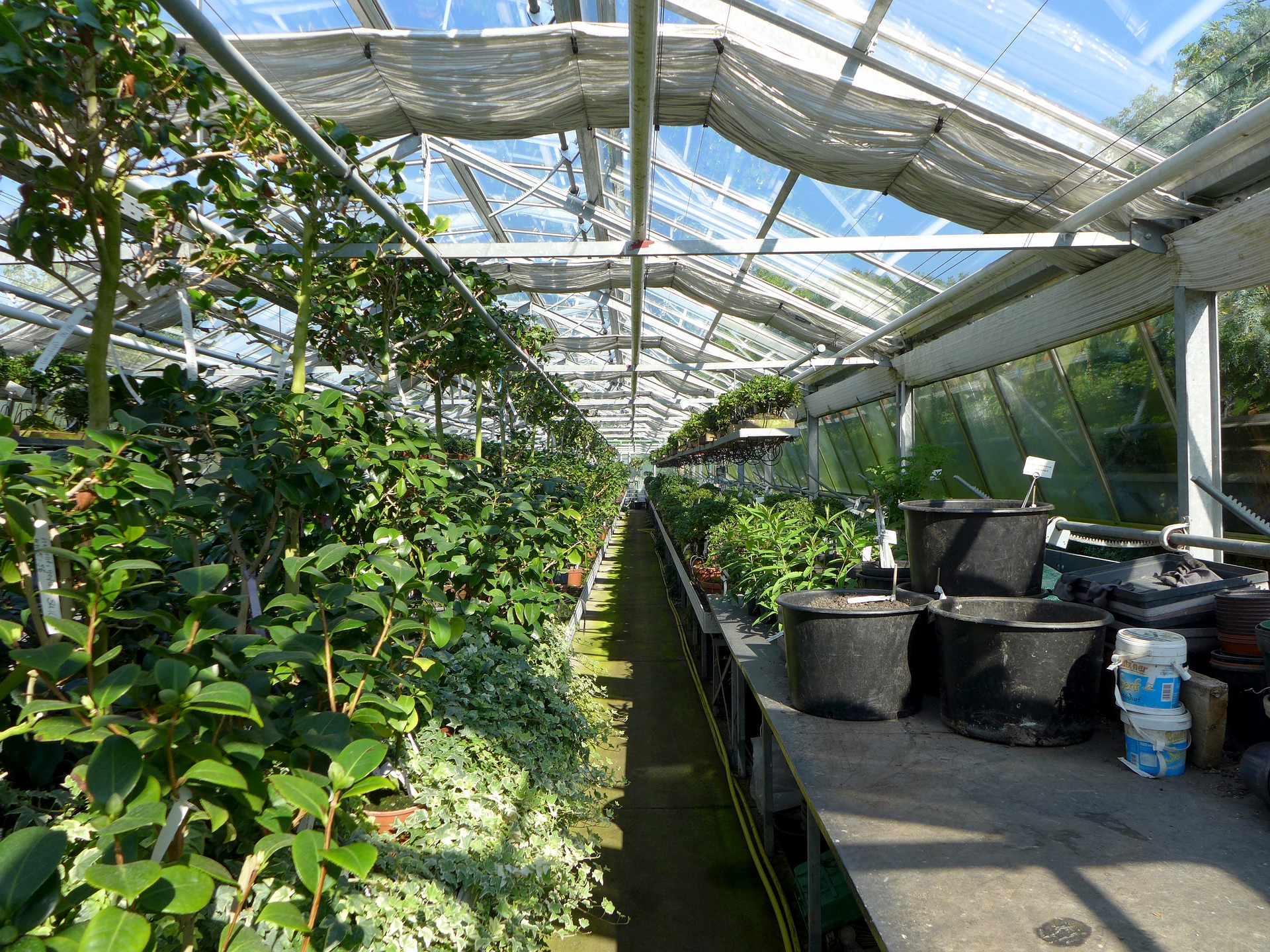What’s the difference between a crop field and a large commercial plant nursery? As it turns out, very little — at least in terms of runoff generation.
Although nurseries generally grow tree crops and ornamental plants in pots rather than fields, both field crops and nursery planters contribute to water pollution when rain washes excess nitrogen and phosphorus from fertilizers into waterways.
In the U.S., ornamental crops are a $21 billion industry. U.S. Department of Agriculture (USDA) researchers are now working to better understand the extent of the horticulture industry’s contributions to nutrient pollution and recommend ways to downsize it without taking up too much space.
Navigating unconventional soils
Nurseries often grow their stock in planter pots or other containers rather than directly in the ground for several reasons, described Wooster, Ohio-based Jacob Shreckhise, who is studying nursery contributions to nutrient pollution with the USDA Agricultural Research Service.

U.S. Department of Agriculture (USDA) regulators are increasingly looking toward large commercial plant nurseries as overlooked contributors to waterway nutrient pollution. In Ohio and Florida, teams led by two USDA researchers are exploring potential solutions for the $21 billion industry’s challenge of discharge treatment in confined spaces. Photo courtesy of petrafaltermaier/Pixabay
“Growing plants in containers saves space, helps with shipping and handling, and requires no arable land,” Shreckhise said in a release. “These containers are usually filled with peat or bark instead of soil.”
Phosphorus behaves differently in that medium as compared to field soils, Shreckhise explained. The chemical, linked to speedier eutrophication and algal bloom formation when it concentrates in water bodies, more easily drains from the bottom of the container.
The key to maximizing nutrient retention in planter pots likely came down to additives, Shreckhise and his research team theorized. In a laboratory, the researchers filled columns with various peat- and bark-based growing media, applied a common nutrient-rich fertilizer, added water to the columns, and analyzed the nutrient contents of the drained water. Each run of the column involved additional ingredients that had demonstrated phosphorus-retaining properties in the past.
Administering dolomite and micronutrient-based fertilizer additives reduced phosphate concentrations in the drainage water by an average of 70%, the researchers found. Many in both the farming and ornamental horticulture communities will be familiar with these amendments, Shreckhise said in the release, adding that the USDA is not yet ready to make specific recommendations to growers since plants were not involved in the preliminary study.
“This is a step in the right direction to keeping the green industry ‘green,’” Shreckhise said.
Read more about the team’s study, “Dolomite and Micronutrient Fertilizer Affect Phosphorus Fate in Pine Bark Substrate used for Containerized Nursery Crop Production,” in the Soil Science Society of America Journal.
Lessons from the world of wastewater
Meanwhile, USDA researcher Joseph Albano was studying a higher-tech phosphorus removal alternative for nurseries at the agency’s Horticultural Research Laboratory in Fort Pierce, Fla., partnering with scientists from the University of Florida (Gainesville) Soil and Water Sciences Department.
The team drew inspiration from a time-honored solution from wastewater treatment: Adding in iron salts to chemically separate and recover nutrients like phosphorus from effluent streams.
“Phosphate precipitation using [iron] salts is a relatively common practice in municipal wastewater facilities,” the research write in their study, published April 2019 in the journal Water. “However, this type of treatment practice has not been adapted for use at smaller scales, such as space-limited ornamental plant nurseries.”

Both USDA research teams discovered that such additives as dolomite, micronutrient fertilizer amendments, and iron salts can make a crucial difference in treating excess phosphorus from nursery discharge in small spaces. Photo courtesy of Jacob Shreckhise/U.S. Department of Agriculture
At a 43-ha (106-ac) nursery using planter pots in Alachua, Fla., the team constructed a small-scale filter system consisting of four interconnected tanks – two aerobic, two anaerobic, and all four outfitted with a specialized “bio-media” to assist reactions necessary for the treatment process. The system accepted water from a centralized discharge point for the nursery’s drainage and emptied into a nearby stormwater retention pond.
The researchers added different quantities of iron-sulfate salts into first of the aerobic tanks, discovering they had to add more and more to achieve specific results. However, at a ratio of about 21 times the amount of iron salts as phosphate in the runoff, the system was able to remove up to 99% of phosphorus.
“In this case, [iron salt] quantities needed to effectively remove [phosphates] from the water is much higher than previously reported studies due to the flow-through nature of the system,” the researchers write. “While the system shows promise, an analysis of the economics associated with the blowers used for aeration is needed to determine feasibility and scales for use.”
Read the team’s open-access study, “Phosphate Removal from Nursery Runoff Water Using an Iron-Based Remediation System,” in the journal Water.




